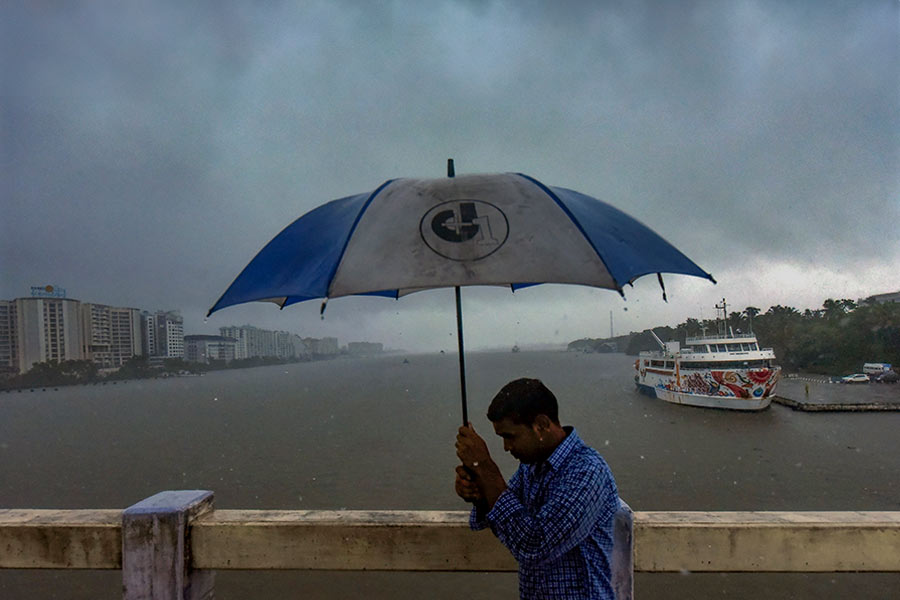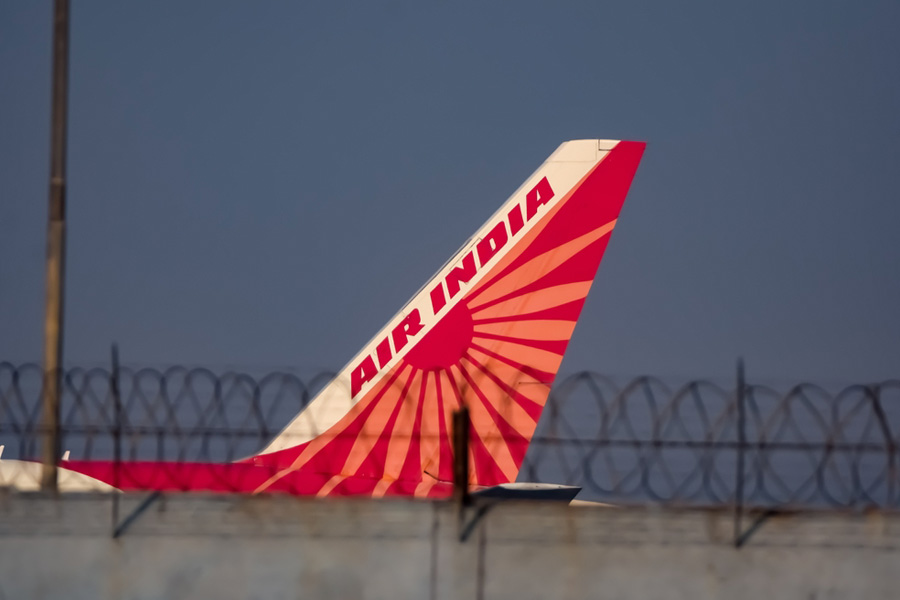 |
Calcutta’s is looking for some help from the sun to satiate its growing hunger for power, which touched an all-time high of 2,042MW in the afternoon of June 12 in the CESC-served areas.
State power minister Manish Gupta had announced at a recent meeting the city’s proposal for a large-scale rooftop solar power programme in association with the British government and the Calcutta Municipal Corporation.
Ashden India Renewable Energy Collective, a conglomerate of solar energy experts and entrepreneurs, which is preparing the detailed policy document, had called the meeting.
Metro tries to decode what the initiative means for the average power consumer in Calcutta.
How will the roof produce power? Is it safe?
Absolutely safe. It’s an attempt to harness the sun’s rays as a source of energy through solar panels on rooftops. The power can be used directly or via the grid of suppliers like CESC and WBSEDCL. It reduces land (power plants and towers) use and transmission loss because the energy is generated close to the consumer — or more simply, this is home-grown electricity. This is the energy of tomorrow because diminishing fossil fuel reserves and burgeoning greenhouse gases will make thermal power unsustainable in a few decades, or less, from now. A sunny or shadow-free roof of about 120sq ft is required to install a 1KW plant.
What about the power bill?
Expect a substantial slash, said G. Prasad, director at the Union ministry of new and renewable energy, and alternate energy expert S.P. Gon Choudhury. Ninety per cent of the generated solar electricity will be balanced against consumption through bi-directional net metering. As a result, net payable units will get slashed and the tariff is likely to come down to a lower slab. There is a subsidy too.
A family that pays about Rs 4,000 for 500 units of power a month, a 3KW rooftop solar unit (the maximum permissible for a household) can bring the bill amount down to around Rs 900. The set-up will produce 3,600 units of electricity annually but the family will at the most enjoy 90 per cent of the generated power, which is 270 units a month. This means, they will have to pay for 230 units supplied through the conventional grid.
The family will get a central subsidy of 30 per cent on either capital investment, which is expected to be around Rs 63,000 for a Rs 2.1-lakh 3KW solar power generator, or on the generated electricity based on the unit rate.
So, charges for a monthly power consumption of 500 units will be around Rs 900 after realising a subsidy of around Rs 575. The subsidy will continue till the 30 per cent of the installation cost get over, which could be around nine years.
If that family sets set up 1KW plant, the monthly electricity charge is likely to be around Rs 3,100 after subsidy, which will be adjusted in the bill from the power utility and reimbursed by the government.
Consumers with 5KW to 100KW (the maximum limit) solar units — mainly public buildings, institutions and housing complexes — will benefit more from the scheme because the state government plans to provide an additional subsidy of 20 per cent. The state’s proposal awaits cabinet approval.
How do we install a unit?
Besides will, the first requirement is applying to the CESC and WBSEDCL. Contact an authorised vendor for the solar panels. Once the installation is complete, enjoy solar power and a subsidy. The West Bengal Renewable Energy Development Agency, the nodal authority for the state, will provide subsidy on the installation cost or reimburse it through the power utility in case of generation-based intensive.
What does the rule say?
Power supply companies — CESC and WBPDCL — are mandated under central laws and state rules to allow in their grid solar power generated by individuals. They have an obligation to generate 0.25 per cent of the total power from solar sources. Individuals have to apply to the power distributor for a bi-directional net meter.
Grid or standalone, what’s better?
Both are OK but a standalone system will be costlier as it requires batteries, additional installations and a dedicated wiring independent of the power line from the grid. Injecting the solar power directly to the grid saves the trouble.
What can be the maintenance cost?
An authorised vendor listed with the ministry of new and renewable energy will do the installation. The maintenance cost is zero for the first five years and about Rs 700 annually for every kilowatt thereafter. The capital cost can be recovered in six years while the lifespan of a solar unit is about 25 years.
Does it exist in the city already?
CESC sources said rooftop solar units are running successfully in some public buildings and institutions, notably Raj Bhavan, Gurudas College and Bethune College.
What is the scenario elsewhere?
Germany is the capital of rooftop solar power but the trend is catching up in many other European countries, Japan, Australia and the US. Gujarat, Karnataka, Kerala, Maharashtra, Tamil Nadu and Delhi are the frontrunners within the country.










